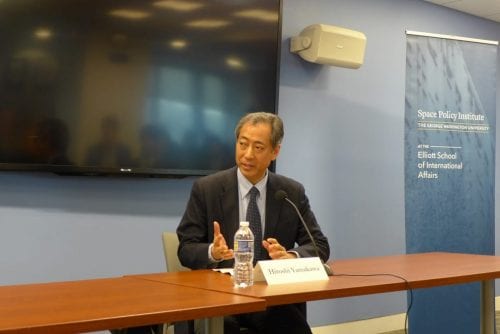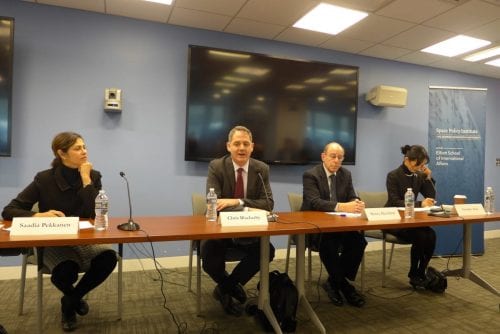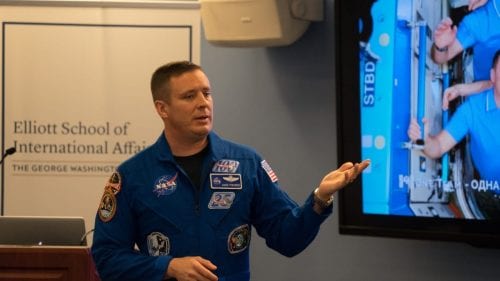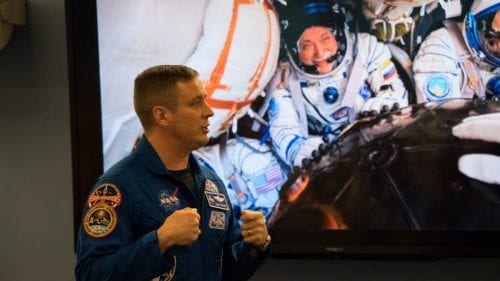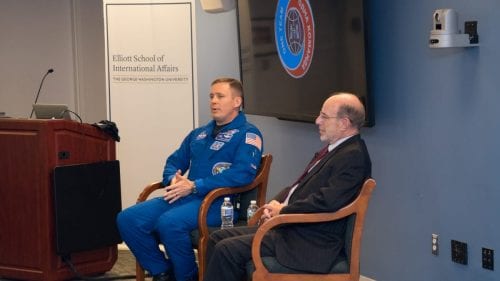Dr. Ruth Stilwell, a visiting scholar at SPI, gave the following talk in our offices on her research topic, Space Operations and U.S. Airspace Above 20km.
The focus is on integrating new entrants in commercial space and unnamed aircraft in civil airspace about 60,000 ft. The airspace between 20km and 100km will be the first truly mixed-use airspace for aviation and space operators. High altitude pseudo satellites, airborne launch platforms, high endurance unmanned vehicles, hypersonic suborbital flights and vehicles transiting to and from space will need to co-exist in this airspace. We have learned from low earth orbit that the path from lightly occupied to congested, contested and competitive is short. Building an operational concept for the management of this stratum with the diverse mission and operational needs of emerging technologies in mind is needed to promote innovation and growth in these industries, while maintaining safe and equitable access.
